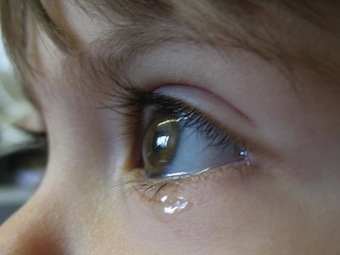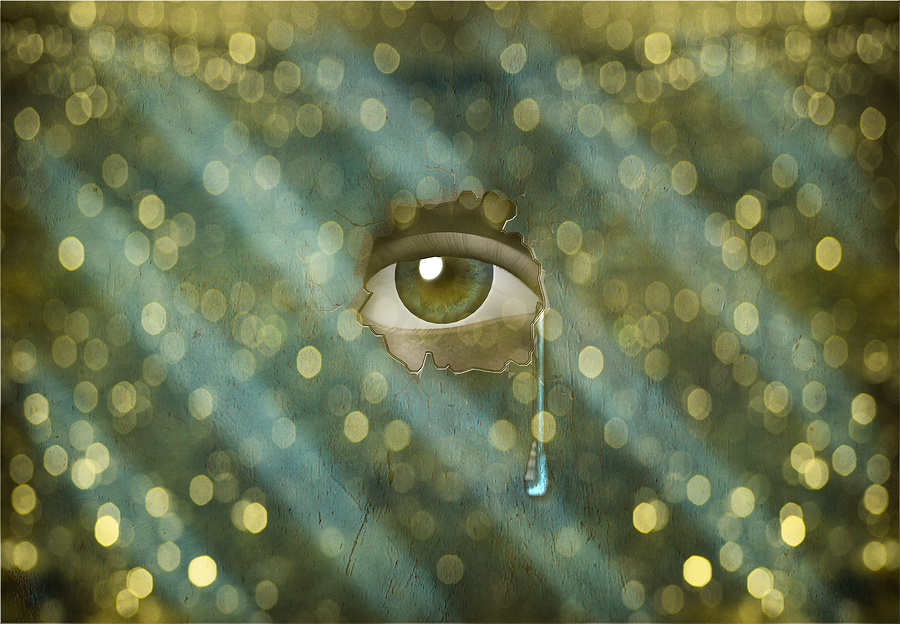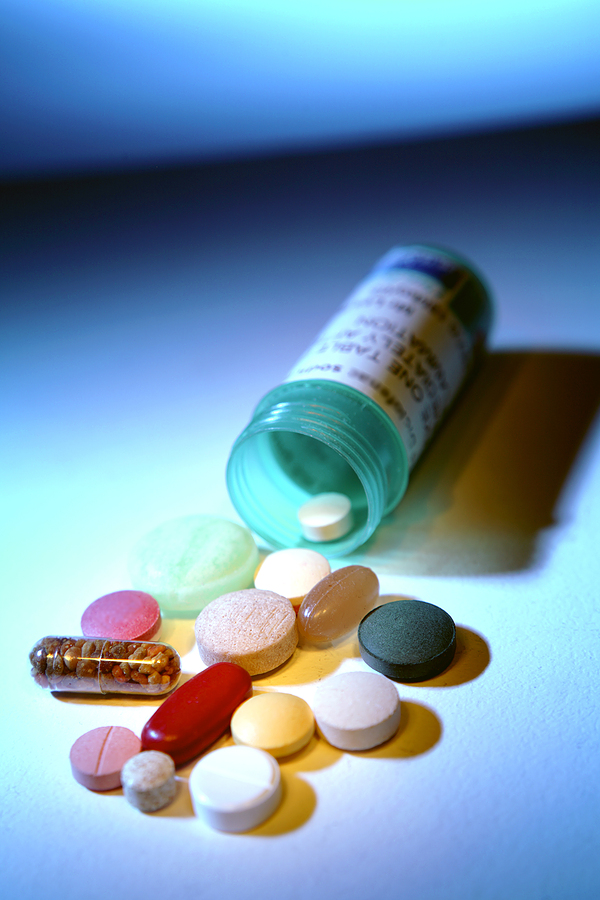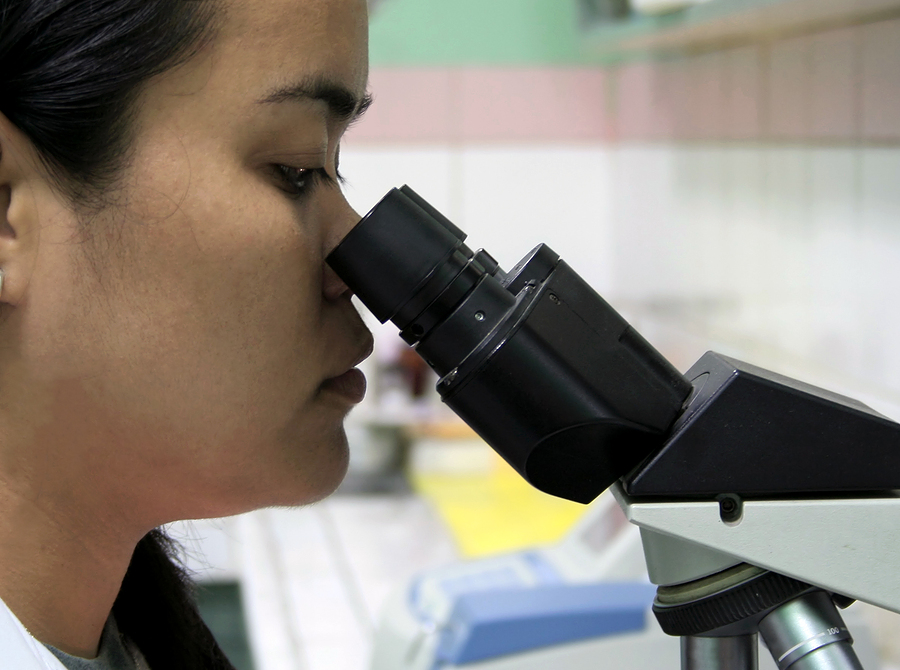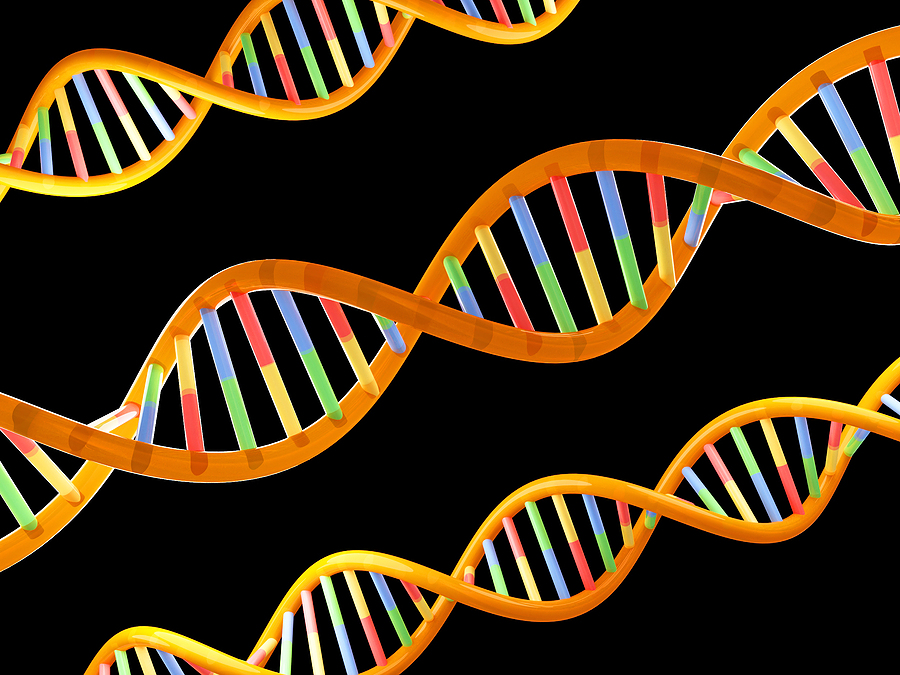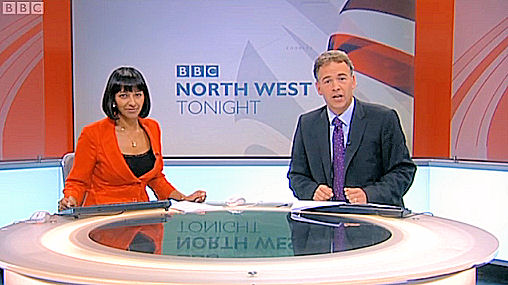
Schizophrenia
Schizophrenia is perhaps the most misunderstood and mistakenly-feared of all mental illnesses and affects 6 per thousand of the population – about 1% -- the same percentages of the population who have bipolar disorder (manic depression) or borderline personality disorder (BPD).
 There have been many recent advances in therapy and medication for schizophrenia, which mean that for 1 in 5 people with a first schizophrenia breakdown or “psychotic episode”, they will make a complete recovery, 3 out of 5 will have long periods of stability with occasional relapses, and the remaining fifth will be chronic (long-term with on-going symptoms).
There have been many recent advances in therapy and medication for schizophrenia, which mean that for 1 in 5 people with a first schizophrenia breakdown or “psychotic episode”, they will make a complete recovery, 3 out of 5 will have long periods of stability with occasional relapses, and the remaining fifth will be chronic (long-term with on-going symptoms).
The onset of schizophrenia is most common between 18-35 years of age. Genes are the subject of much research into schizophrenia and having a close family member with the illness can significantly increase the chances of developing it. If a parent has schizophrenia, there’s a 13% probability that a child will develop it. If an identical twin has it, the risk is 50% or 1 in 2. If a grandparent has schizophrenia, there’s a 3% chance that their grandchild will develop the condition.
Symptoms of schizophrenia
The symptoms of schizophrenia vary widely from person to person but are defined under two international protocols known as DSM-IV TR and ICD-10. They are divided between “positive symptoms” – those where something happens in addition to normal life – and “negative symptoms” – those where something is taken away from everyday experience.
Positive Symptoms
These fall into three main categories – not everyone with schizophrenia has all of these:
- Delusions
- Hallucinations
- Thought disorder
Negative Symptoms
These are characterised by a loss of interest, energy and emotions. Because these can be confused with depression, it is important that mental health professionals identify which are negative symptoms and which are depression, and that any depression is treated.
Please see our guide to Schizophrenia symptoms for more in-depth information on these.
Sub-types of schizophrenia
Schizophrenia is categorised by many psychiatrists into four sub-types:
- Paranoid schizophrenia
- Disorganised or hebephrenic schizophrenia
- Catatonic schizophrenia
- Residual schizophrenia
Paranoid schizophrenia is diagnosed where there are prominent delusions or hallucinations with very clear cognitive functioning (thought processing) and presentation. The delusions may be persecutory (e.g. the “benefits people” are trying to catch me out and pass me as fit for work) or grandiose (e.g. I am related to the Royal family). Often the onset of this illness is later than the others, especially in men.
Disorganised or hebephrenic schizophrenia is a very severe form where someone’s behaviour appears purposeless and disorganised. There may be odd mannerisms, grimaces, incoherent ramblings and senseless laughter. Negative symptoms are present.
Catatonic schizophrenia is uncommon in developed nations, but is characterised by peculiarities of behaviour and movement, immobility with a resistance to being moved, and inappropriate posturing.
Finally residual schizophrenia is diagnosed where the positive symptoms have reduced markedly and there are mainly only negative symptoms remaining.
Schizophrenia treatment
Medication
Most people diagnosed with schizophrenia will be prescribed an antipsychotic by their psychiatrist or family doctor. For most, they will take this voluntarily, but it is now possible, under CTOs (community treatment orders) as well as whilst in hospital under the Mental Health Act 1983 (known as “sectioning”), to force patients to take antipsychotics. Some are available as “depot” injections, which are administered in secondary care (clinics or hospital) by nurses. This is generally only for those who struggle to take medication, frequently forget or are not compliant.
Antipsychotics, also known as “neuroleptics” or “major tranquillisers”, are divided in two – the older first-generation “typical” and newer second-generation “atypical” antipsychotics. Please see more about antipsychotics in our Schizophrenia treatment section.
CBT – Cognitive Behavioural Therapy
CBT or cognitive behavioural therapy is recommended by NHS rationing body NICE and 16-20 sessions with a psychologist or CBT therapist should be made available to everyone with a diagnosis of schizophrenia.
Please see more about CBT for schizophrenia in our Schizophrenia treatment section.
Early Intervention in Psychosis
One of the most important initiatives of the 2000s was the introduction of Early Intervention in Psychosis.
Early Intervention in Psychosis teams were set up to address the fact that, until someone was so ill they needed to be sectioned, it was previously impossible for the NHS to treat people whom it felt were at the most severe risk of developing psychosis. The philosophy – intervene as soon as possible to prevent the patient suffering devastating consequences.
Please see more about Early intervention in psychosis in our Schizophrenia treatment section.
Myths and misconceptions
As we stated above, schizophrenia is probably the most misunderstood and mistakenly-feared mental illness. The media, in particular, are responsibly for a large number of inaccurate and stigmatising portrayals of people with paranoid schizophrenia as dangerous and violent, when in fact a recent study by Oxford University and the Karolinska Institute in Sweden discovered that only 5% of violent crimes are committed by someone with a severe mental illness – and this includes bipolar disorder as well as schizophrenia.
In fact, rather than harming others, it’s an alarming fact that 20-40% of people with schizophrenia will attempt suicide during their lifetimes, and 10% will succeed.
It is the comorbidity (dual diagnosis) of drugs or alcohol abuse and mental illness which causes violent crime and manslaughters on the grounds of diminished responsibility and not severe mental illness alone.
Recovery and social inclusion
New models of “recovery” and “social inclusion” have been widely accepted throughout the mental health profession since the 1990s and, whilst there is “no cure” for schizophrenia, the effectiveness of medication and talking therapies has led to these concepts.
Recovery means different things to different people. A “medical” or “clinical” recovery takes place for 1 in 5 people with schizophrenia, in that their symptoms resolve and they do not relapse. However for the remaining 4/5, the concept of a “personal recovery” has become increasingly important. In a nutshell, what a “personal recovery” means to someone is regaining a large degree of functioning and independence and the ability to do things such as live independently, if possible, socialise, and maybe even volunteer or work.
There has been a move away from day hospitals and traditional mental health day services towards “social inclusion” where people with schizophrenia are integrated into communities. Examples of this including holding socials at community centres rather than day centres, volunteering and doing small amounts of “permitted work” on benefits. Only 4% of people with a severe mental illness are in full time occupation, however, for a variety of reasons – stigma, discrimination, fluctuation and relapses in symptoms being some of the main ones.
Schizophrenia should be seen as an illness which CAN be managed successfully with a combination of medication and talking therapies and people with the condition can expect, in many cases, to make a very good degree of recovery and to live ordinary, fulfilling lives.
Please see our other schizophrenia guides and news below.
Related Guides

















